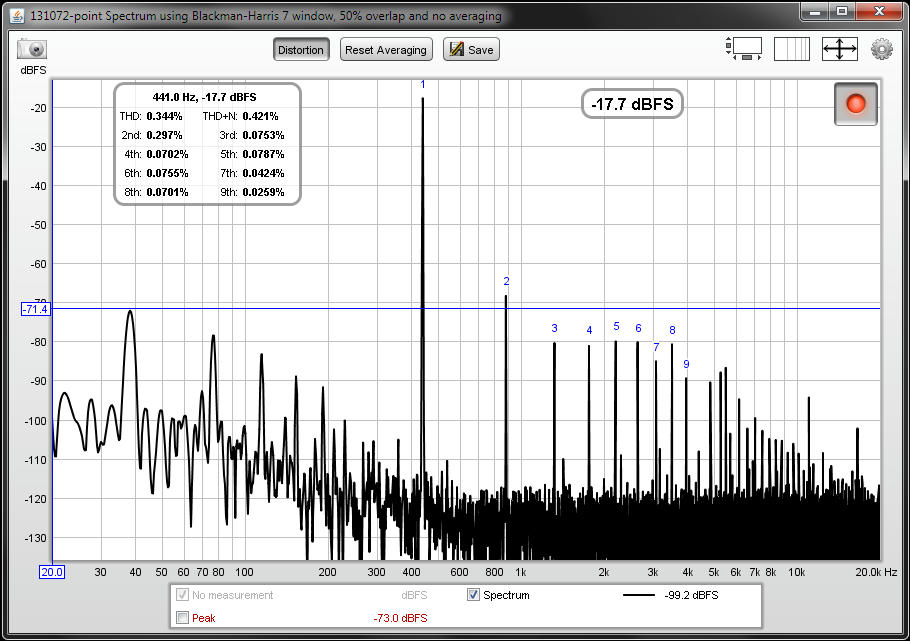So... I thought why the heck not and installed both cards in my Pentium.
ES1688 on: A220 I7 D1
YMF719 on: A240 I5 D0
ES1688 mixer: FM OFF, Line-In ON.
YMF719 mixer: Everything OFF, FM ON.
Loop from YMF719 Line-Out to ES1688 Line-In.
Adlib is on Address 388 on both by default.
Now I can freely choose between anything I want using the mixers and game setups.
ESFM, just mute the YMF OPL and point the game music setup to the standard ES1688 address.
Adlib automatically addresses to port 388 so both cards work at the same time with older games and newer applications like Adlib Tracker, I mute FM in the mixer of the card I don't want to hear.
For OPL, I select in game music setup SBPro2 and choose address 240 where the YMF lives or choose Adlib in port 240.
Older games go straight for Adlib on address 388 so they simply work with sound from the ES1688 and OPL music from the YMF.
Newer games I can freely choose what I want from the setups.
There are problematic games that insist using the same address for music and sound or alter the mixer, in these games I have to use ESFM or use the YMF addresses and its sound.
Some games require a change of SET BLASTER= variable to have sound from the audio card I choose as the primary, most old games want 220,7,1 in any case.
I can confirm the Adlib Tracker II sends signal to address 388 so I can freely choose what OPL I hear from what card using their mixers.
Anyway, it's way more hassle but I kinda like having the best of both worlds and full control, the perfect SBPro2 clone from the ES1688, and the real OPL3 from the YMF719.
EDIT:
One more thing, I had to change the MPU address on the YMF to something else than 330 because when both set to 330 it's a hanging note festival. 😎
